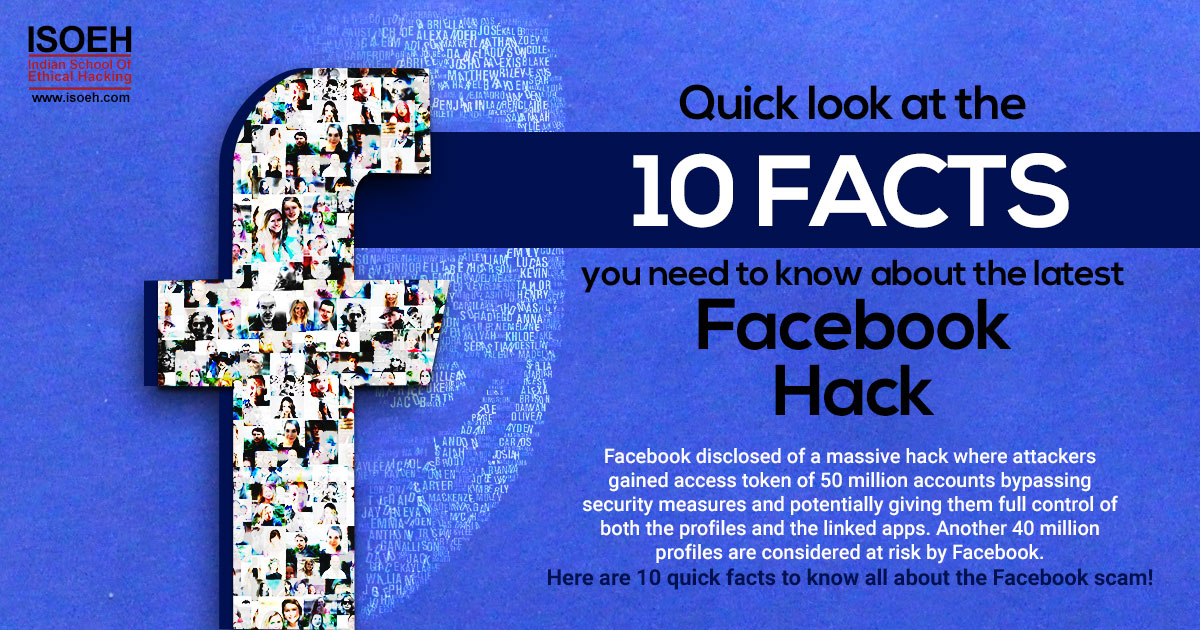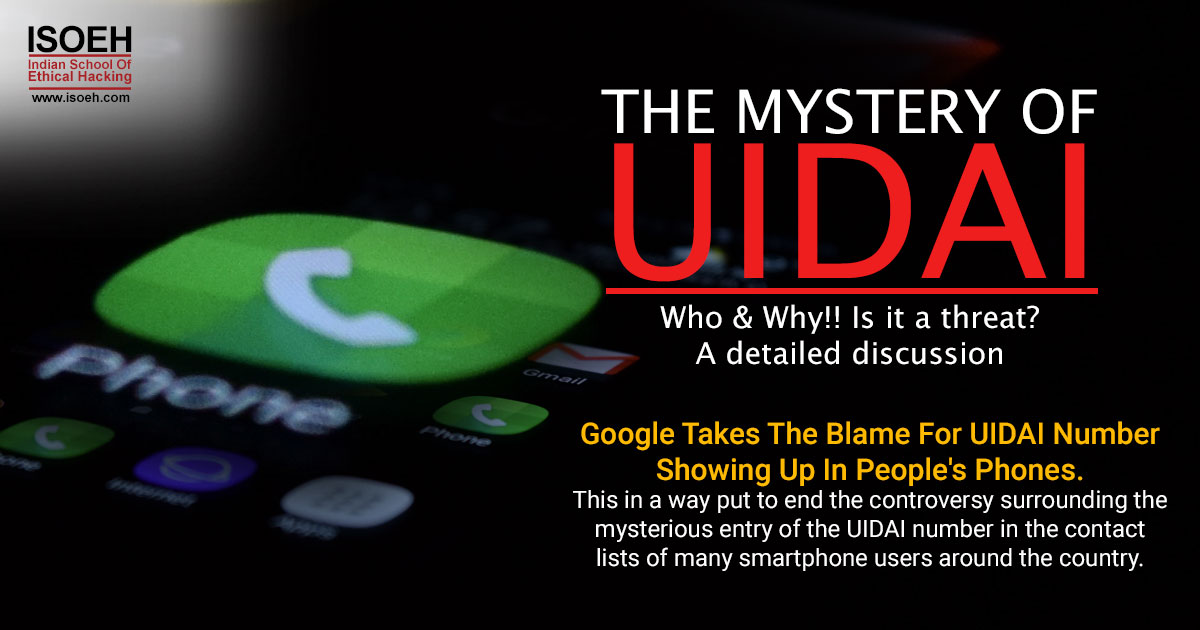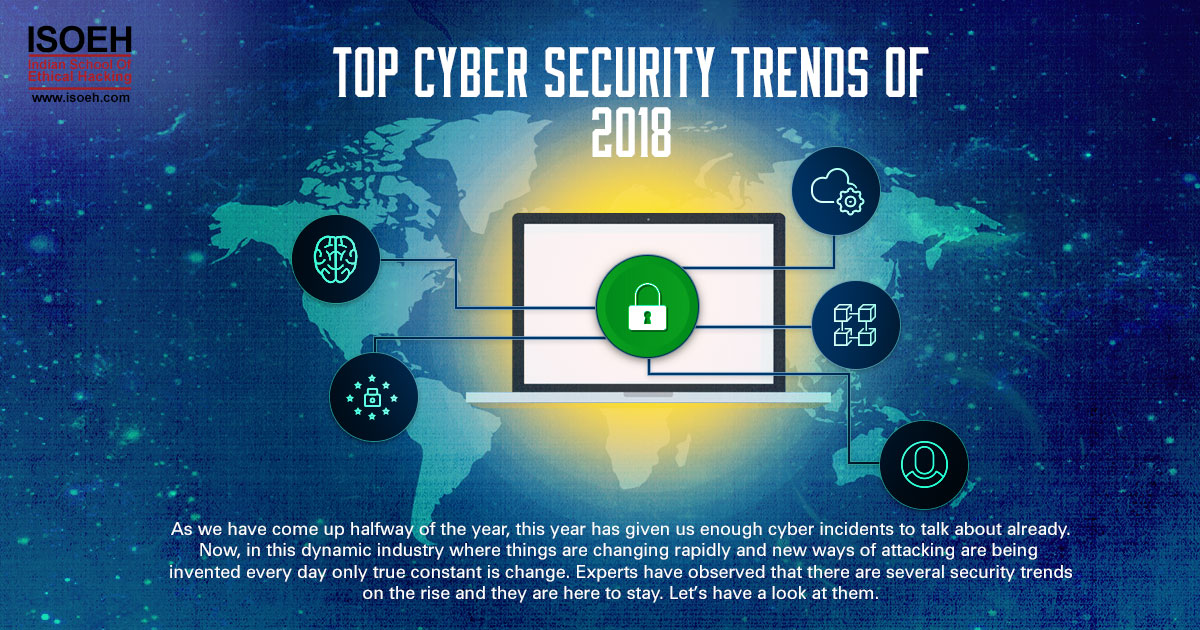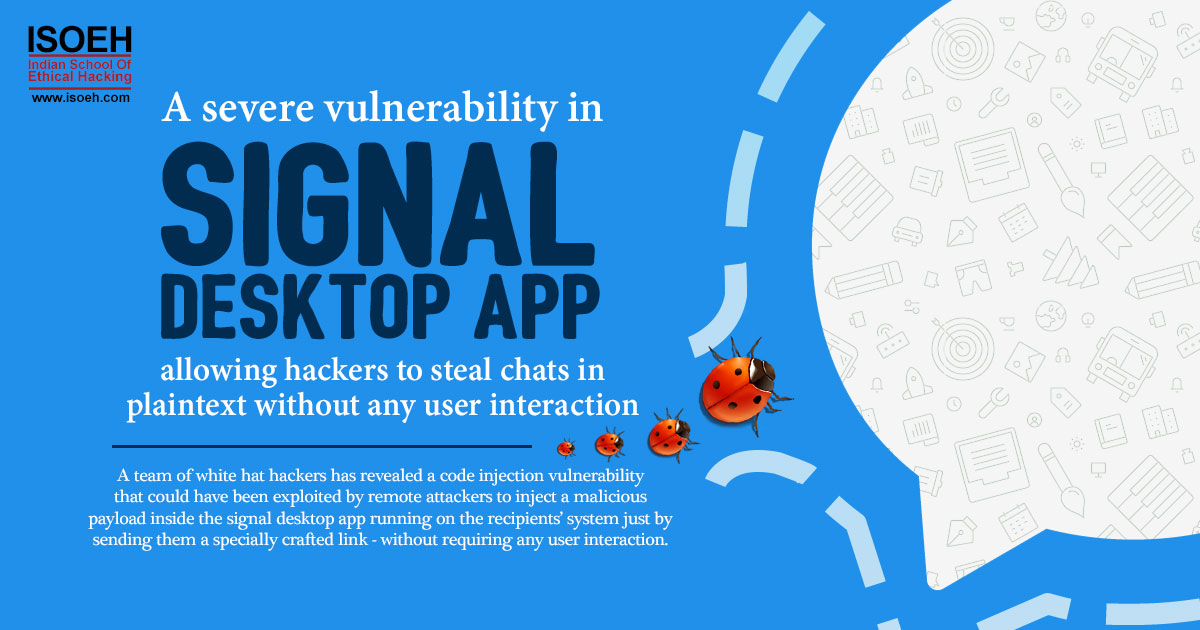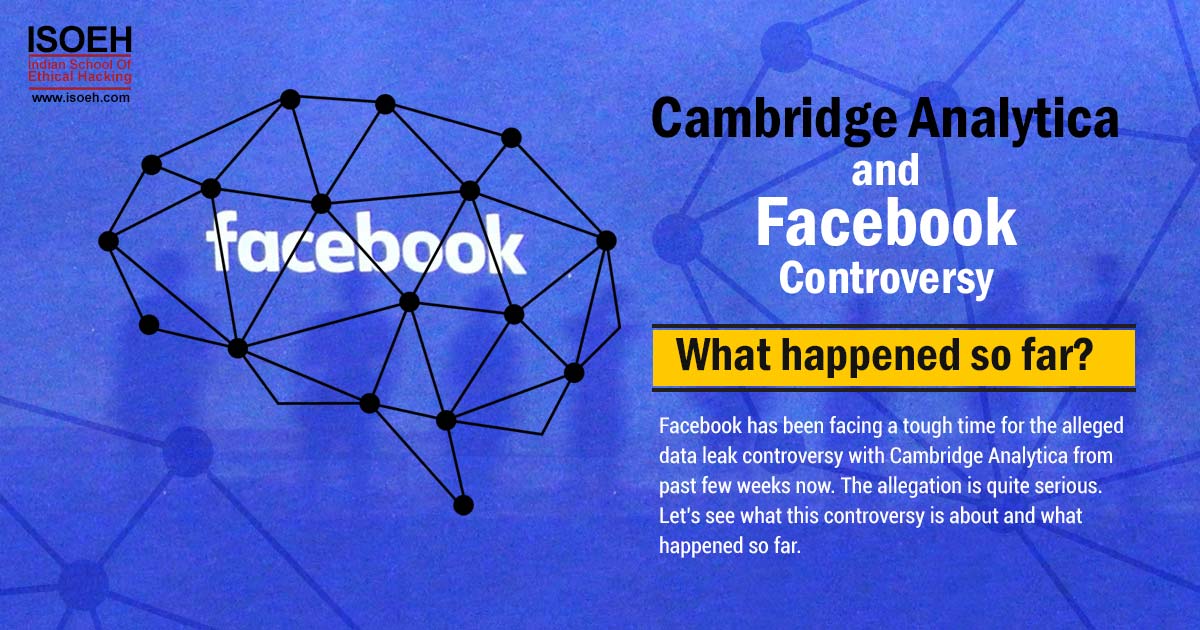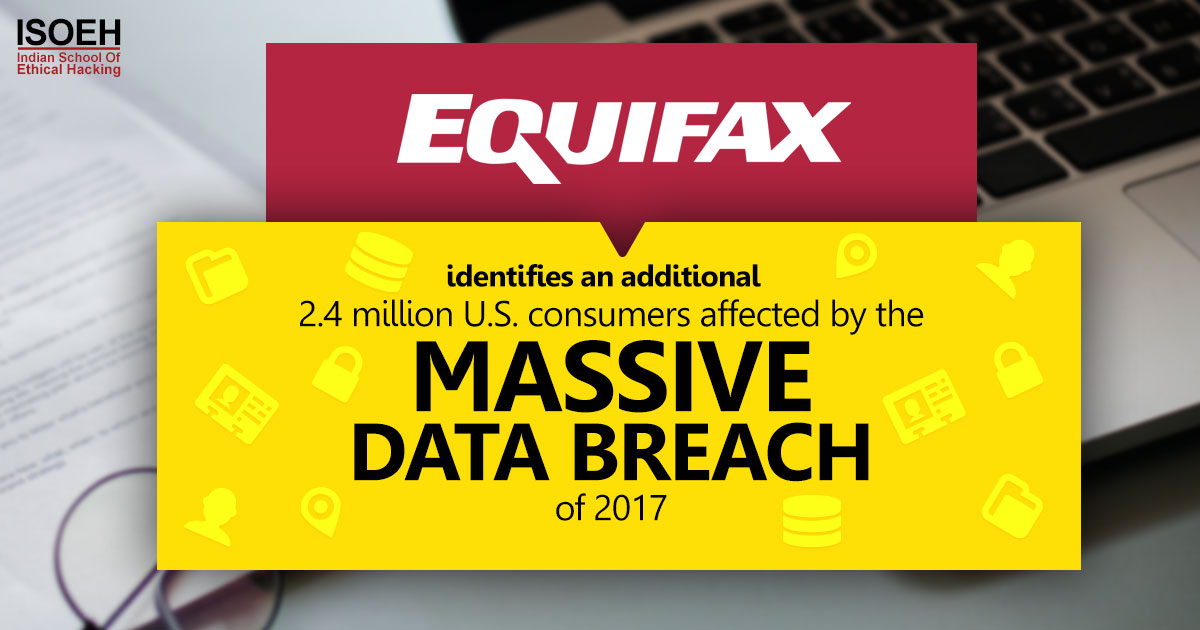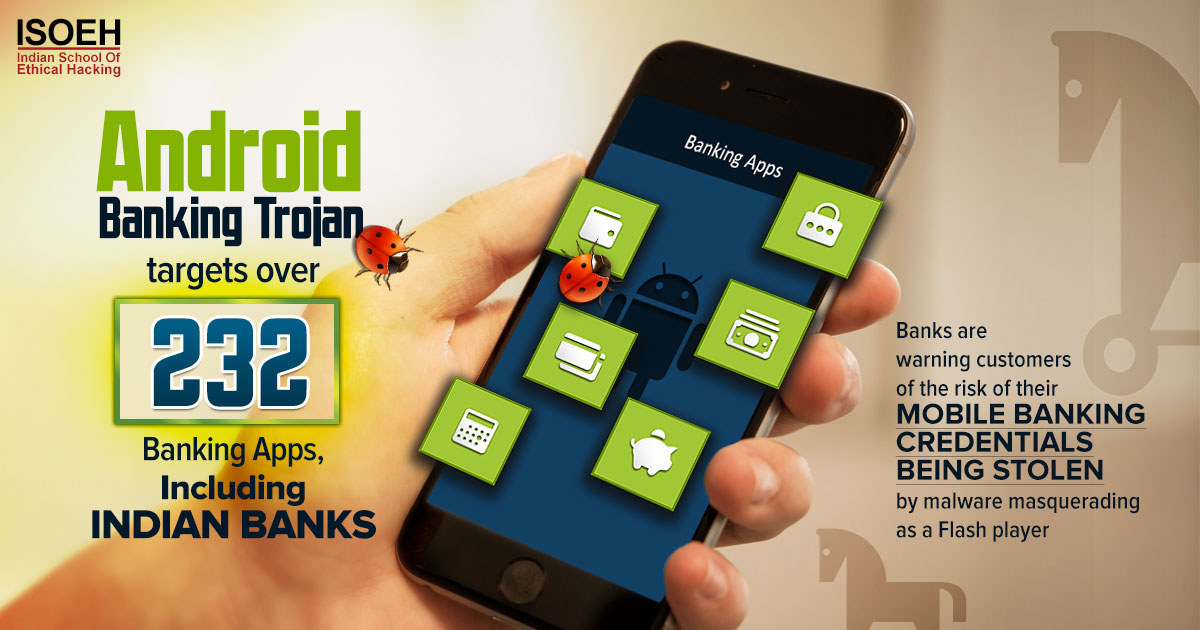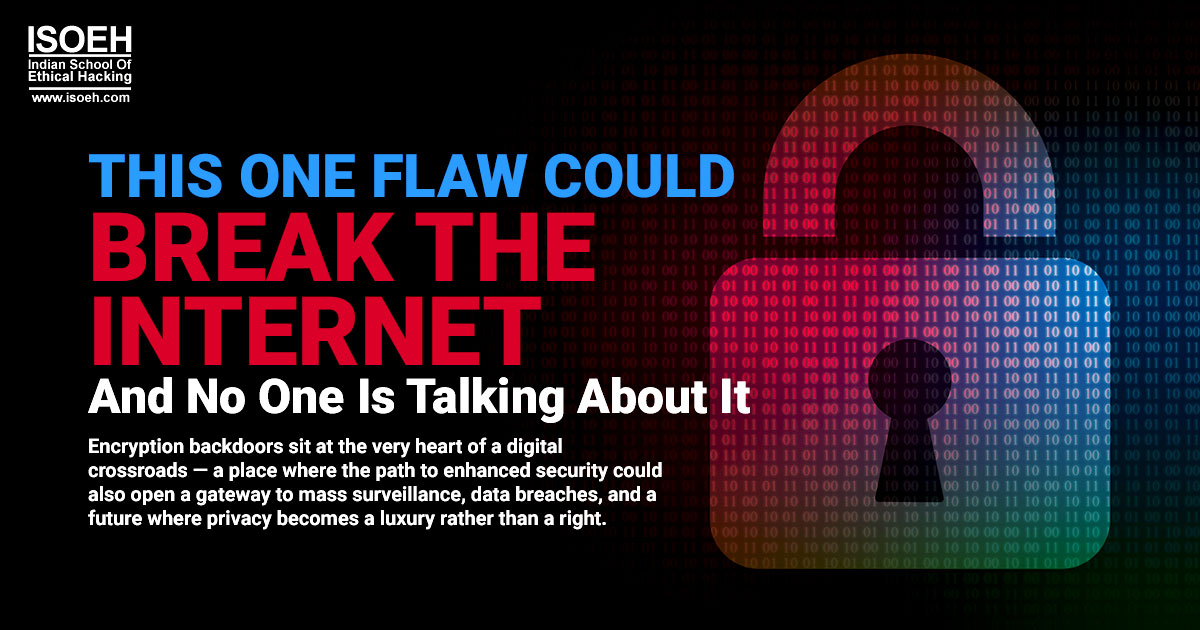
Imagine waking up one day to find that your private messages, financial data, and personal photos are no longer secure. Not because you were hacked, but because the very tools designed to protect your data were deliberately weakened. Welcome to the controversial world of encryption backdoors- a topic that's not just for tech experts but for anyone who values digital privacy.
What is an Encryption Backdoor?
An encryption backdoor is a deliberate and hidden vulnerability embedded into a cryptographic system, such as secure messaging apps, file storage services, or network protocols, that allows someone (typically an external party) to access encrypted data without going through the usual authentication or decryption process.
For example, a scenario where your private messages are locked in a secure vault using a complex digital key. Normally, only you and the intended recipient have the key. But a backdoor is like an extra, concealed keyhole—one that isn't supposed to be there, giving special access to third parties like governments or law enforcement. While this can aid in catching criminals or terrorists, it poses significant risks if that hidden access is discovered by hackers, foreign adversaries, or rogue insiders.
Governments often advocate for backdoors under the banner of "national security" or "lawful access." However, cybersecurity experts and digital rights activists strongly oppose them, arguing that any intentional vulnerability inherently weakens the entire system, making it more susceptible to abuse, leaks, or cyberattacks.
Technically, backdoors can be inserted at various layers:
- Hardware level (e.g., chip firmware)
- Software level (e.g., operating systems or communication platforms)
- Protocol level (e.g., weakening SSL/TLS standards)
These are often not disclosed to the public or end users, and their very existence may remain unknown until exposed, sometimes years later, through whistleblowers, investigative journalists, or cybersecurity audits.
Real-world examples include:
- The NSA's alleged involvement in weakening random number generators to enable surveillance (as leaked by Edward Snowden).
- The Juniper Networks breach, where unauthorized code allowed attackers to decrypt VPN traffic.
Ultimately, the presence of encryption backdoors creates a paradox: they can enhance state surveillance capabilities but simultaneously undermine the very trust and security encryption is designed to provide.
Top 5 Key Highlights:
- Backdoors bypass encryption, giving access to data without the user's permission or knowledge.
- Governments push for them to aid law enforcement, but doing so risks public data privacy and security.
- Once discovered, backdoors can be exploited by hackers, leading to mass data breaches.
- They violate core cybersecurity principles, which rely on strong, tamper-proof encryption.
- History shows they rarely remain secret, often getting exposed and misused by unintended actors.
In simple terms, an encryption backdoor is a deliberate vulnerability inserted into a cryptographic system, allowing unauthorized access to encrypted data. Think of it as a secret key that bypasses the standard security measures, granting access to anyone who possesses it. While intended for use by law enforcement or intelligence agencies, these backdoors can be exploited by malicious actors, putting everyone's data at risk.
A Brief History of Encryption Backdoors
The debate over encryption backdoors isn't new. In the 1990s, the U.S. government proposed the "Clipper Chip," a device with a built-in backdoor for law enforcement. The proposal faced massive backlash and was eventually abandoned. More recently, the Dual_EC_DRBG algorithm, standardized by NIST, was found to contain a potential backdoor believed to be inserted by the NSA. This revelation led to a significant loss of trust in standardized cryptographic algorithms.
Recent Developments: A Global Perspective
1. United Kingdom
In February 2025, the UK government issued a Technical Capability Notice (TCN) to Apple, demanding the creation of a backdoor into its encrypted services. Apple challenged the order, arguing that such a move would compromise the security of all users, not just those in the UK. U.S. lawmakers echoed these concerns, warning that the backdoor could be exploited by cybercriminals and authoritarian regimes.
2. United States
In Florida, a proposed bill aimed to require social media platforms to provide backdoors for encrypted communications. Privacy advocates and tech experts criticized the bill, stating that it would undermine user privacy and make platforms more vulnerable to cyberattacks.
3. European Union
The EU's ProtectEU initiative seeks to grant law enforcement access to encrypted data. VPN providers and privacy advocates argue that this would weaken overall cybersecurity and could lead to increased surveillance, driving some services out of the EU market.
The Privacy vs. Security Debate
Proponents of encryption backdoors argue that they are essential for national security and law enforcement. They claim that without access to encrypted data; it's challenging to combat terrorism and cybercrime.
Opponents, however, highlight the risks:
- Systemic Vulnerabilities: Introducing backdoors creates weaknesses that can be exploited by hackers.
- Loss of Trust: Users may lose confidence in digital services, fearing their data isn't secure.
- Global Implications: A backdoor in one country can have worldwide repercussions, especially with global tech companies.
Understanding the Technical Risks
From a technical standpoint, backdoors compromise the integrity of encryption algorithms. They can be:
- Explicit: Clearly defined and known, but still risky.
- Implicit: Hidden and potentially undetectable, making them even more dangerous.
Once a backdoor is discovered, it can be reverse-engineered and used by unauthorized parties, leading to widespread data breaches.
Real-World Consequences
The inclusion of backdoors has led to tangible consequences:
Apple's Withdrawal: Apple disabled its Advanced Data Protection feature for UK users in response to the TCN, affecting user privacy.
VPN Market Impact: VPN providers are reconsidering their operations in regions with mandatory data retention laws, fearing they can't guarantee user privacy.
Protecting Your Digital Privacy
As an individual, you can take steps to safeguard your data. To protect digital privacy against encryption backdoors - intentional weaknesses built into cryptographic systems—it's essential to take both technical and strategic precautions. Backdoors undermine trust and allow unauthorized surveillance or data breaches, even by supposedly trusted entities.
1. Use Open-Source, Audited Encryption Tools
Prefer open-source cryptographic software like VeraCrypt, Signal, ProtonMail, or Tails OS. These tools allow public audits, minimizing the chances of hidden backdoors. Verify they are actively maintained and have had recent independent code audits.
2. Avoid Proprietary or Government-Mandated Crypto
Avoid tools mandated by governments known for surveillance (e.g., Dual_EC_DRBG in the past).
Prefer encryption algorithms recommended by independent security researchers and bodies like NIST (with scrutiny) or IETF.
3. Use End-to-End Encryption (E2EE) Always
Ensure your messaging, email, and data sharing apps use E2EE.
Avoid services that only encrypt data "in transit" or "at rest" without user control over the encryption keys.
4. Manage Your Own Encryption Keys
Use tools like GPG (GNU Privacy Guard) or Bitwarden where you hold the keys.
Avoid platforms that store and manage your keys on their cloud (e.g., Dropbox, Google Drive with default encryption).
5. Block Cloud-Based Auto-Sync Without Control
Disable features that automatically upload files to the cloud (e.g., WhatsApp backups to Google Drive). These backups are often not end-to-end encrypted and can be compromised.
6. Use Metadata-Hiding Tools
Even strong encryption doesn't hide metadata (who you talk to, when, how often).
Use Tor Browser, Tails OS, or VPNs to mask this activity.
7. Perform Regular Security Audits
Check for unexpected outbound connections or rogue processes using tools like Wireshark, netstat, or Little Snitch.
Monitor for OS telemetry and disable where possible (e.g., Windows Defender Cloud Reports, macOS Analytics).
8. Verify Software and Firmware Integrity
Install only signed and verified software.
Use tools like Secure Boot, checksums (SHA256), and software signature verification to ensure authenticity.
9. Use Hardware Encryption with Custom Firmware
Choose devices like Purism Librem laptops, GrapheneOS phones, or Qubes OS that prioritize hardware-level privacy.
Avoid commercial crypto hardware that lacks source transparency or may include TPM backdoors.
10. Stay Updated on Global Crypto Policies
Follow developments from groups like EFF, Privacy International, and The Intercept. Advocate for digital rights and resist laws promoting "lawful access" via encryption backdoors.
Encryption backdoors aren't just a technical issue tucked away in some government policy or buried in a tech company's terms of service. They sit at the very heart of a digital crossroads — a place where the path to enhanced security could also open a gateway to mass surveillance, data breaches, and a future where privacy becomes a luxury rather than a right. The intention behind these backdoors is often wrapped in noble causes — fighting terrorism, catching criminals, and protecting national interests. But here's the paradox: in trying to keep the bad actors out, we may be weakening the very walls that protect all of us — journalists, activists, businesses, and everyday people like you and me — from being spied on, hacked, or manipulated. As digital citizens of an increasingly connected world, we can no longer afford to be passive users. We must be informed participants — curious about how our data is stored, vigilant about who has access to it, and courageous enough to demand transparency and accountability.
The conversation around encryption is not just for cryptographers or policy makers; it's for parents, students, entrepreneurs, and everyone who values freedom and trust in the digital age. Because at the end of the day, privacy isn't about hiding something wrong — it's about preserving something fundamental.
So, stay curious. Stay alert. And most importantly, stay in control of your digital life.
Hacking Tools
Explore All Hacking Tools »
UFTP is an encrypted multicast file transfer program for secure, reliable & efficient transfer of files. It also helps in data distribution over a satellite link.
Read DetailsBreaking News
Breaking News Of Each Month »
The recent pandemic was unexpected and unknown to most part of the world. It has changed our life and we are slowly adapting to our new lifestyle. The risks associated with the new lifestyle, both personal & corporate, are unknown to most of us.
Read Details



